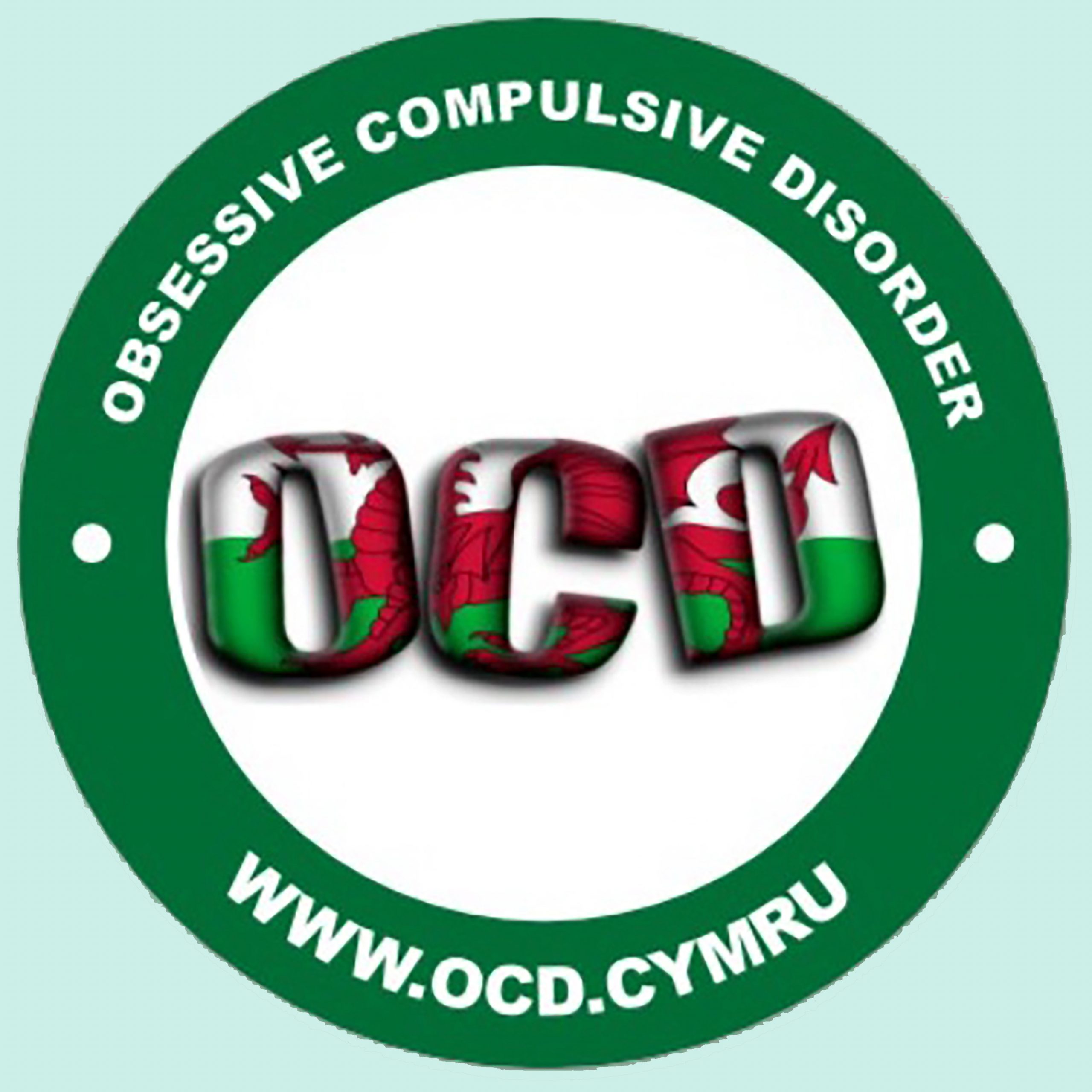Functional Neurological Disorder (FND) can change a life in an instant. One man’s courageous journey reveals the hidden reality of living with a condition that disrupts the brain’s ability to send and receive signals—despite normal scans and test results. Through weakness, tremors, mobility challenges, and daily unpredictability, he has discovered resilience he never knew he had. By sharing his story, he hopes to break the stigma, raise awareness, and empower others who feel unheard. His message is simple: FND is real, recovery is possible, and no one should face it alone.









